Inspired by this SE question, I was wondering how good CircuitLab would be a solving this type of problem.
Why do we not include the current source when finding the Thévenin equivalent impedance?
simulate this circuit – Schematic created using CircuitLab
The question asks: what should be the value of an impedance attached to the right side such that the power is maximized. One method to solve is to find the open circuit voltage and divide by the short circuit current.
I got the correct answer eventually, but the process was a bit clunky. Any tips on a better process? I am still learning CircuitLab.
I used a frequency of 1 rad/sec (1/2pi Hz) so the impedance for the inductors would match the inductance.
I really only want to run at one frequency, not a range. I used a very narrow range instead. A lot of points per decade are necessary to be sure that a point is within the range (otherwise you get nothing).
At first I was using degrees for Voc and Isc. But the default has limited significant figures and I don't know how to change it. I switched to rads.
After I got the Voc and Isc, I used Excel to divide the two. Then, for the final answer, the imaginary part is inverted.
With formulas shown:
